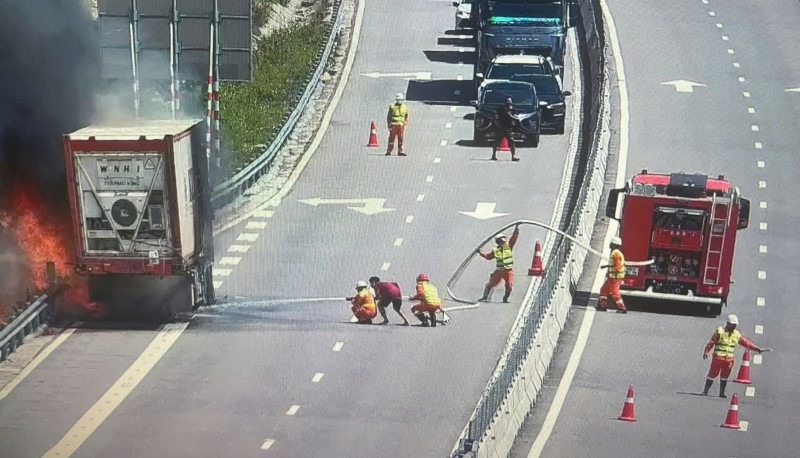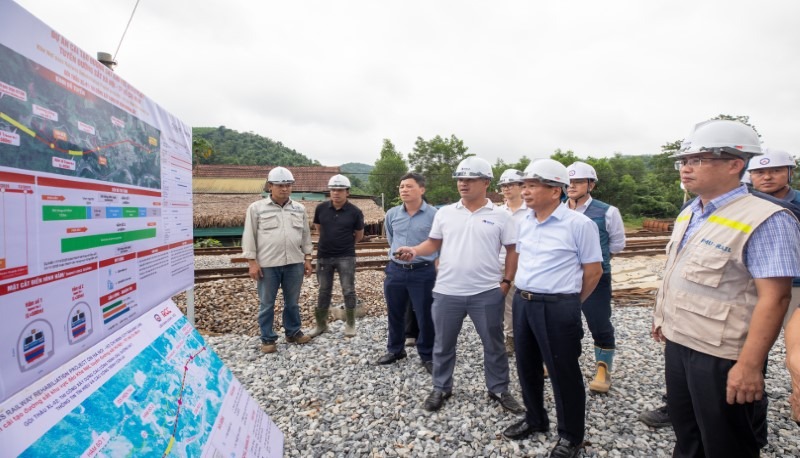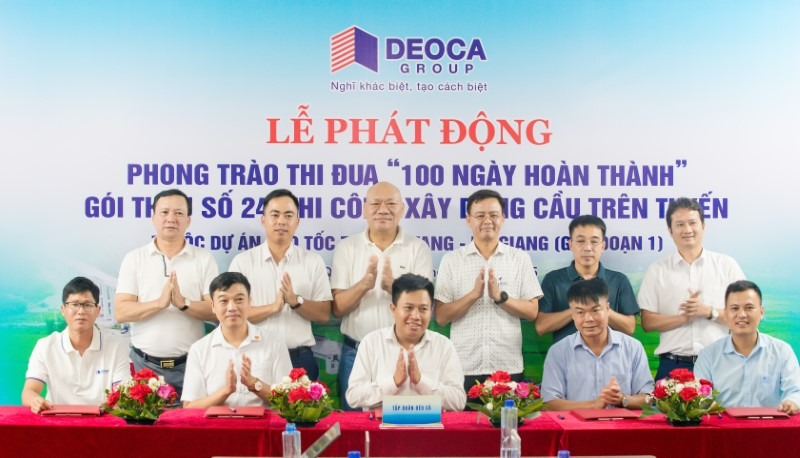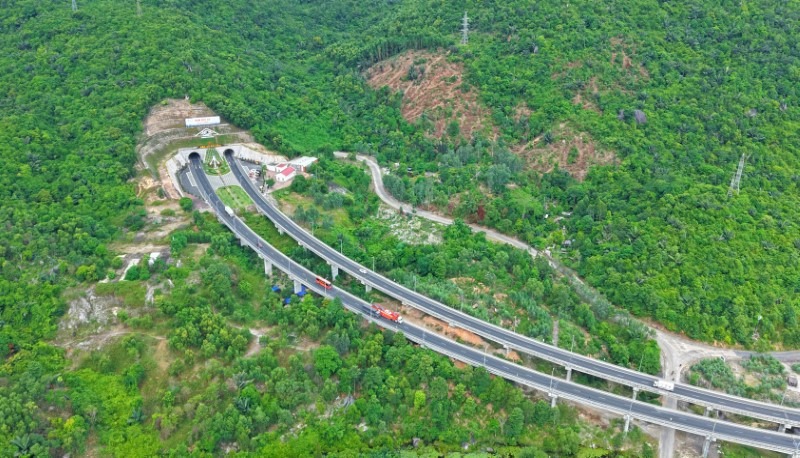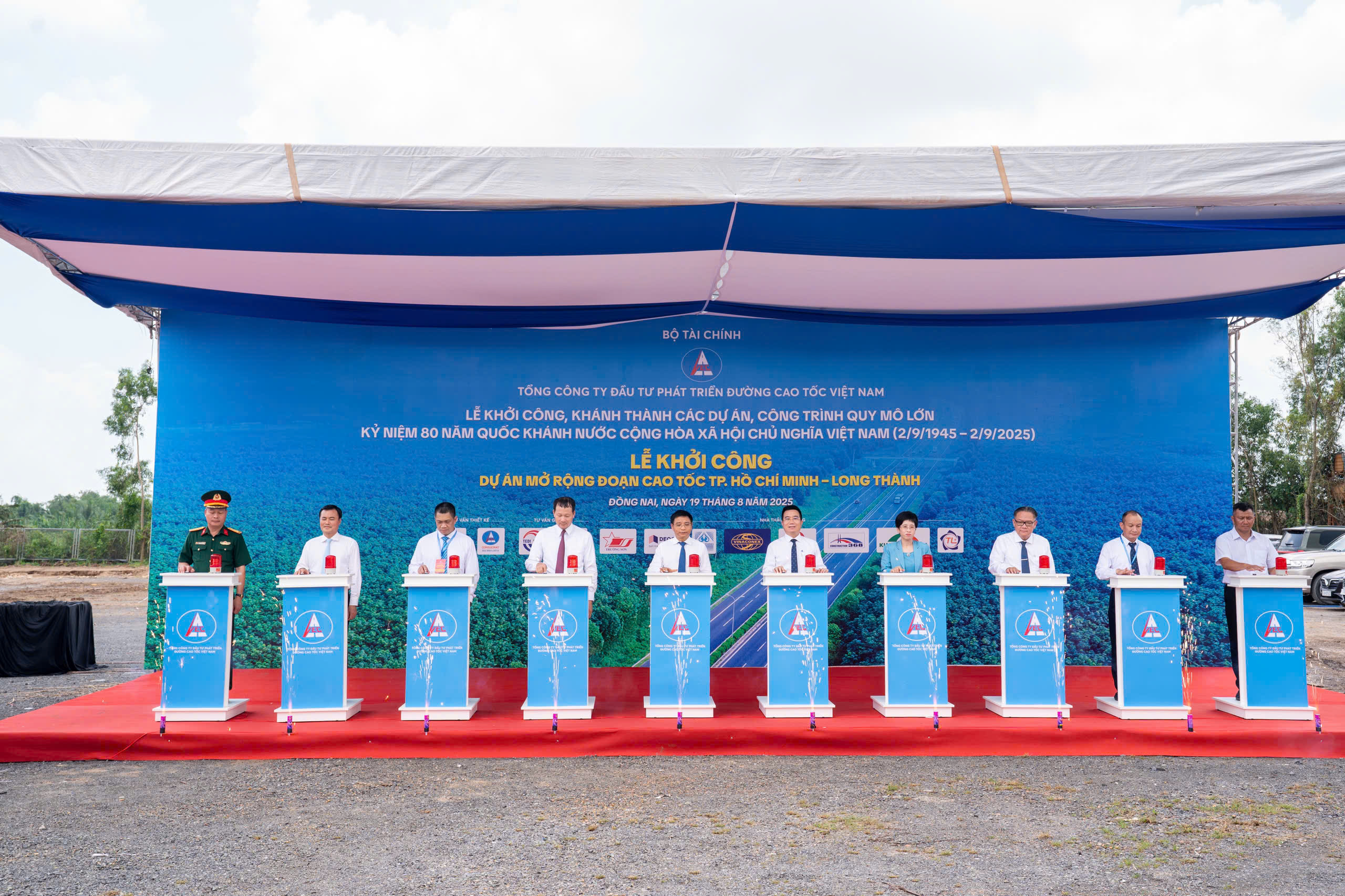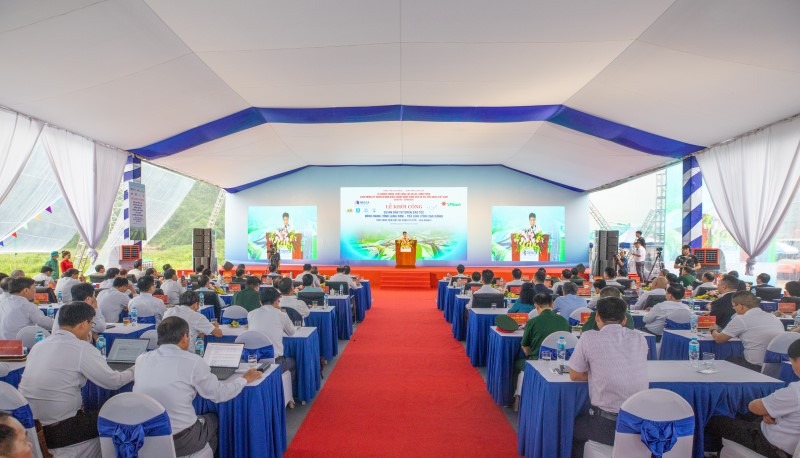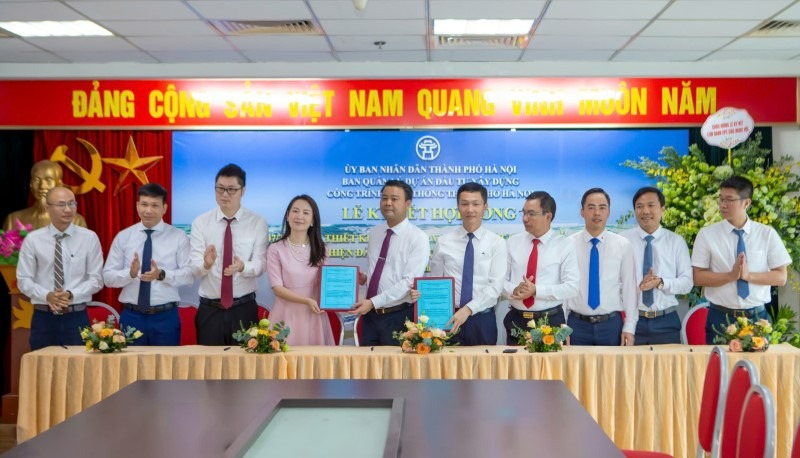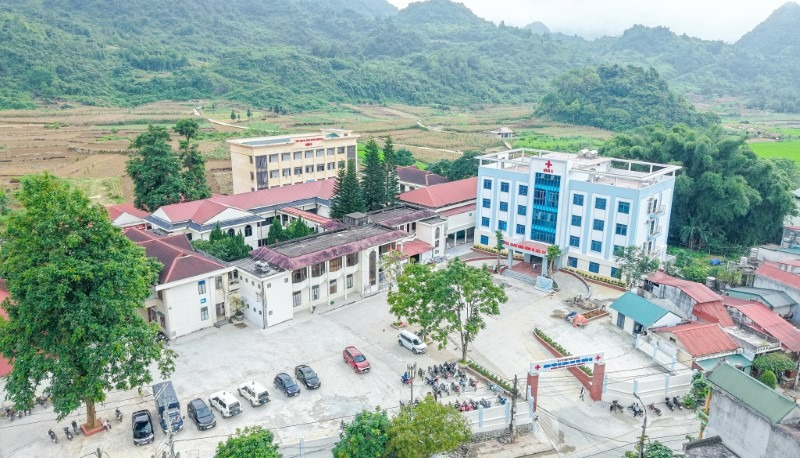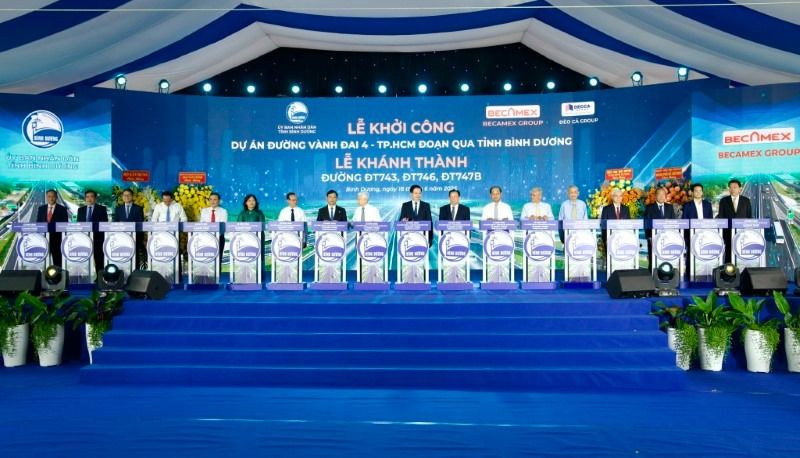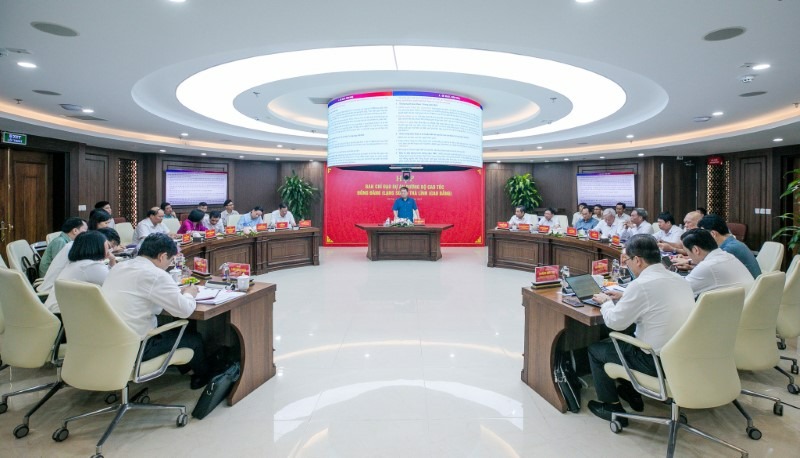The XL1 and XL4 packages of the Ho Chi Minh City Ring Road 3 project, led by Deo Ca Group, are facing initial difficulties.
The Package XL1, part of component 5 of the Ho Chi Minh City Ring Road 3 in Binh Duong, spans from Km25+990 to Km28+383, worth over VND 1,830 billion, started on May 31, 2024, and is expected to complete by late 2026.
Tan Van intersection is the largest and most complex of the six in the Ho Chi Minh City Ring Road 3 project. Immediately after the groundbreaking, Deo Ca Group quickly mobilized resources to begin construction.

Tan Van Interchange Perspective
The consortium has strong contractors, including Deo Ca, Bac Trung Nam, and Vinaconex, have mobilized the necessary machinery, equipment, and personnel for simultaneous project deployment. However, they have only received 56,637 m² of the 177,857 m² site, about 32% of the total.
The XL1 package management board reported that, despite receiving about 32% of the site, the indiscriminate handover of locations complicates machinery access. Additionally, many assets remain unrelocated and some infrastructure systems are unidentified, hindering progress.
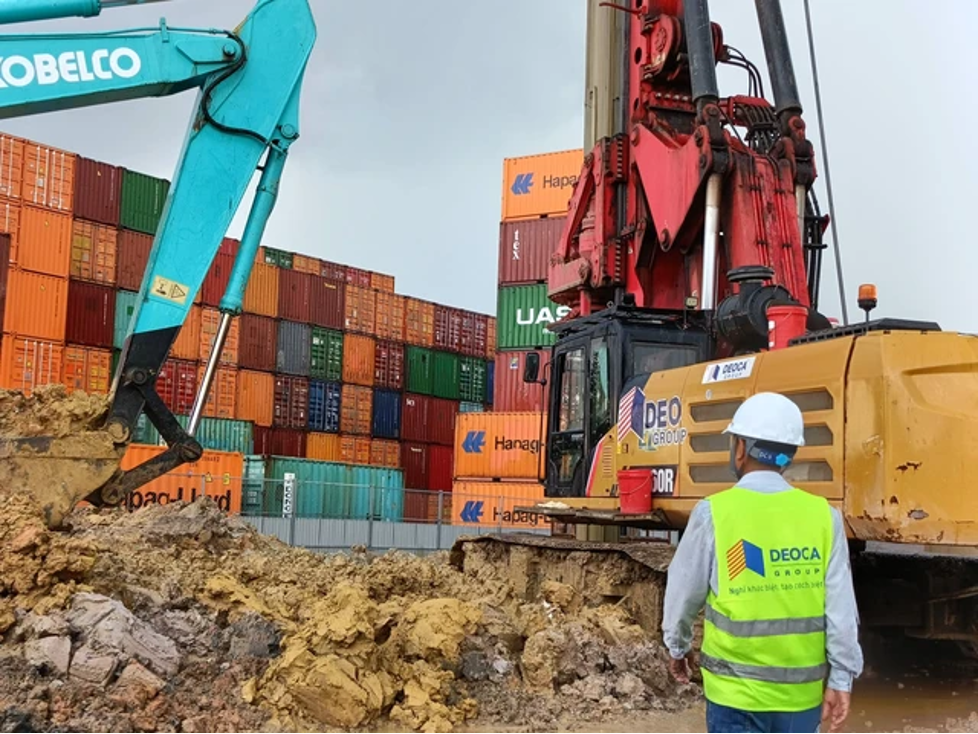
Construc The construction of Tan Van intersection is facing difficulties due to site clearance issues
Due to site clearance issues, General Director Khuong Van Cuong instructed the XL1 package management board to focus machinery on cleared sites and to coordinate with the local Land Fund Development Center and relevant agencies to expedite site handover for simultaneous construction.
Tan Van intersection, with its heavy traffic due to overpasses and proximity to Ho Chi Minh City, Binh Duong, and Dong Nai port clusters, requires strict measures for labor safety, environmental sanitation, and traffic safety during construction, as emphasized by Mr. Khuong Van Cuong.
For package XL4 - Construction of Ring Road 3 section through Thu Duc city (from Km20+550 to Km23+550), construction started in February 2024, nearly 11% of the contract value has been completed to date.

Workers are installing Super-T girder reinforcement
The package management board has mobilized 112 personnel, over 20 machines, and 7 construction teams—5 for the viaduct and 2 for the route section. However, progress is at risk due to a shortage of sand for filling the foundation.
Despite increased efforts to find sand sources, licensing issues persist. The investor and contractor are considering importing sand from Cambodia, but this would result in a cost increase of about 120,000 VND/m³.
Imported sand from Cambodia would cost about 360,000 VND/m³, compared to 240,000 VND/m³ locally. Thus, central authorities and ministries need to implement a price compensation plan for the import.
In this package, BIM technology was used for better data, cost, quality, and progress management. General Director Khuong Van Cuong instructed the management board to allocate more resources, equipment, and Super-T girder casting platforms to accelerate progress, increase output, and ensure safety and sanitation at the site.
TT


